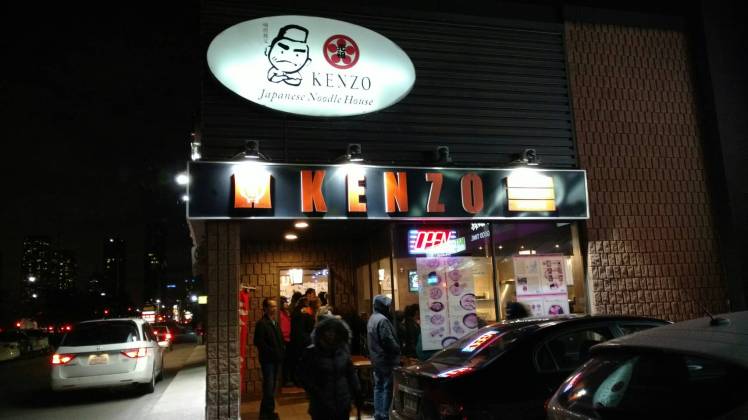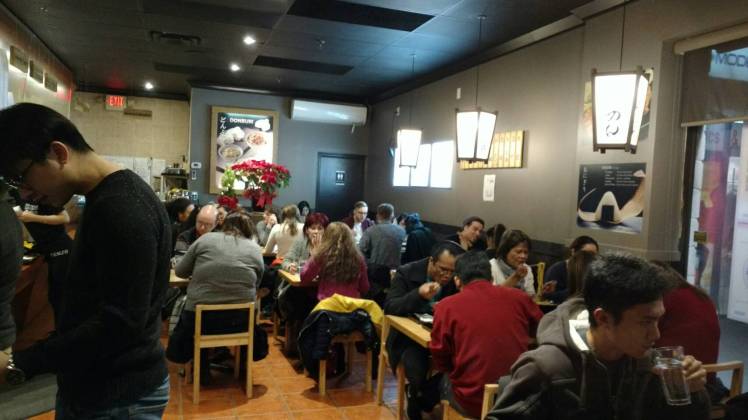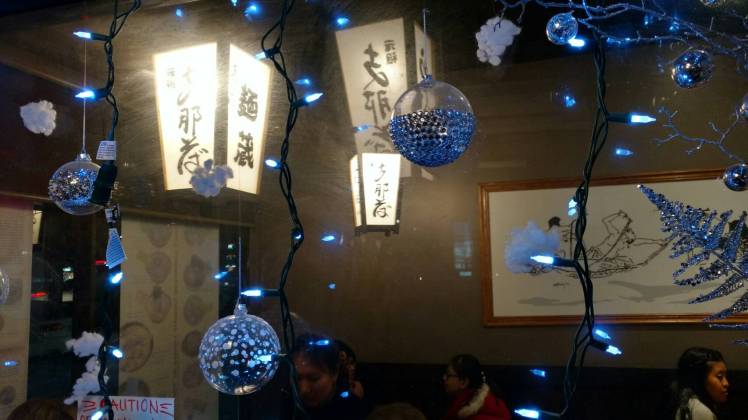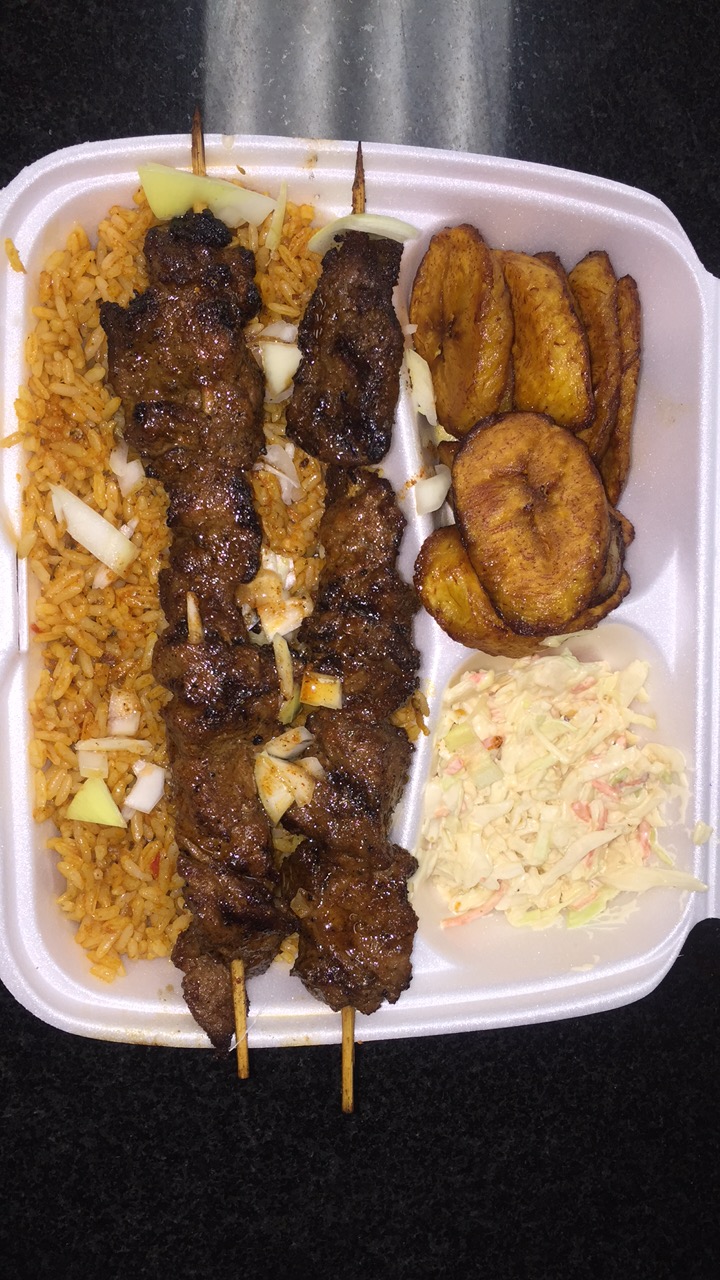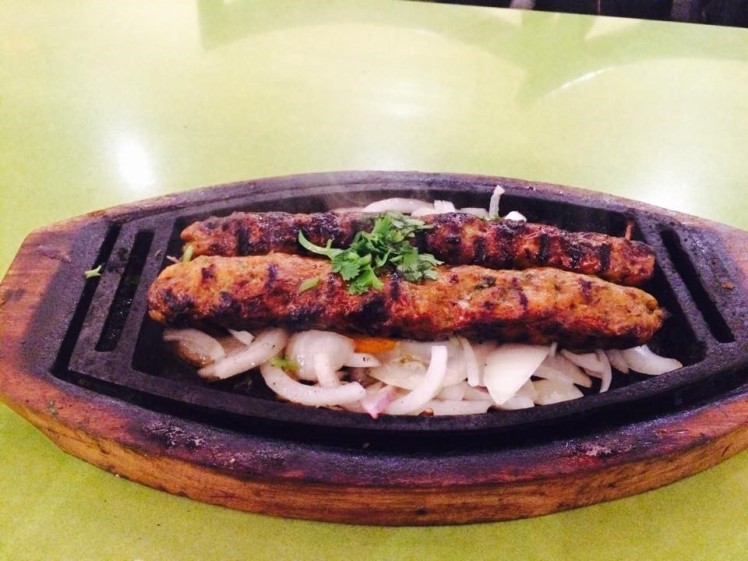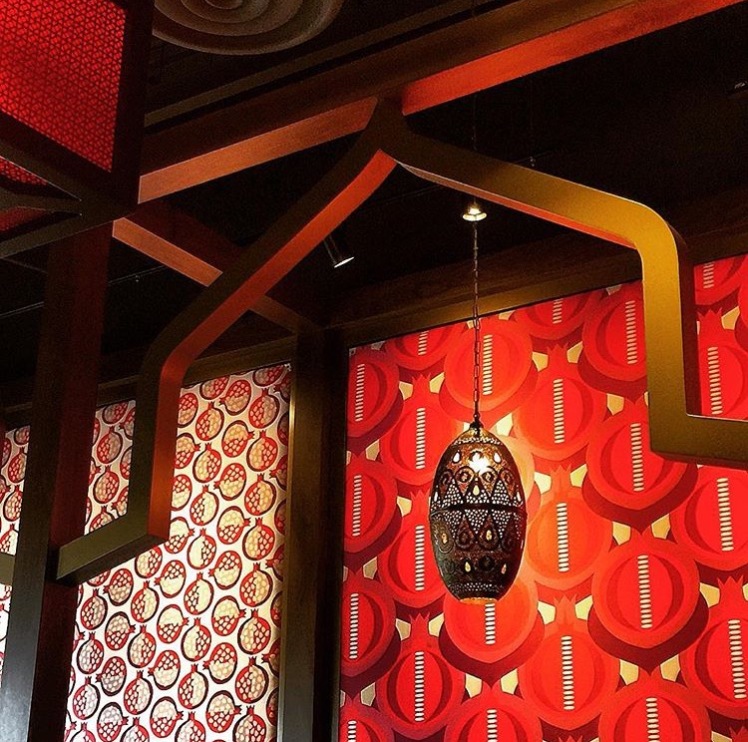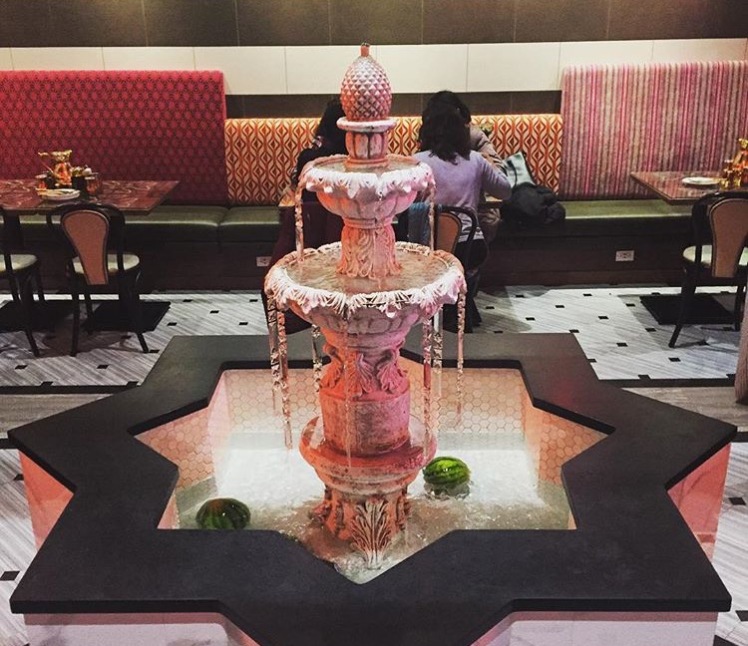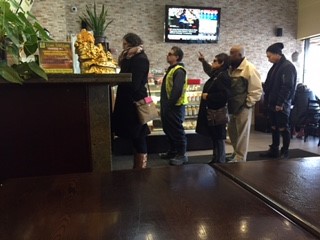Kensington Market: The Hunting Grounds for Fair Trade Coffee, Food, and Gentrification

Kensington Market: The Hunting Grounds for Fair Trade Coffee, Food, and Gentrification
Written by Loki Candelma
Kensington Market, located in Toronto is an assemblage of unique shops, graffiti walls, food stands, and local art. As you walk through the market, you can see that most visible walls are adorned with vibrant paintings. Home to what seems like weekly festivals that celebrate all corners of creativity, the marketplace is compiled of shops that range from niche vintage clothing stores, to cafes, to ethnic food joints. While many of the stores appear run down- furnished with miss-matching chairs, tables chipped and scratched at- this only deepens its charm. Customers both old and new are drawn to this corner of Toronto because of its alternative, off-beat, and diverse culture.
However, in recent years, there is a growing inclination towards refurbishing Kensington’s grungy charm. In the heart of Kensington, on the corner of Nassau and Augusta, a cold press juice bar opened a few years ago. While its woodsy and vintage vibe appeals to the aesthetic of the market place, the deliberate grunginess is really only thinly veiled gentrification. Between the small glasses of juice that are more expensive than the price of a meal a few doors down, and the low-traffic of the store, it is blaringly out of place.
Kensington Market is a crevice of Toronto that is particularly important to me. This was where I was first introduced to fair trade cafes. This was where I got my first tattoo. This was where I solidified my relationship with one of my closest friends. And this is where I feel more at home than I do in my own house, in Mississauga. These changes are something that I strongly disagree with. I believe that they are they will disrupt and possibly silence the artistry emanating from the market’s painted walls. The gentrification of Kensington is a topic that is sentimental to me. I have only been going to this place for a few years, so I can only imagine how much this means to those who work or live in the area. I thought that by comparing Yelp reviews of a family-owned Mexican restaurant with an organic juice bar and which is more successful, given the young millennial demographic that populate the market – would help me understand how the gentrification of Kensington has taken place.
The first restaurant that I visited was called El Trompo Taco Bar. It is owned by Hector and Lucero Lopez who have opened the restaurant in an attempt to provide a lively experience with authentic Mexican cuisine. The restaurant was not particularly large, but the small room was filled with customers and busy staff. The interior design resembled a home- with whirring ceiling fans, colourful table cloths, and vibrant paintings. The waitress who served my friend and I was chipper and quick to answer our questions, she also returned with our food in the same eager manner. I ordered a vegetarian taco- filled with onion, mushroom, and fresh coriander. Instantly I understood that $7.50 was very cheap given quality of service from both the waitress and the chefs. The taco was warm and hearty, and while I was picking off traces of coriander well after my meal was wolfed down, I would be thinking about its deliciousness for the next few hours.
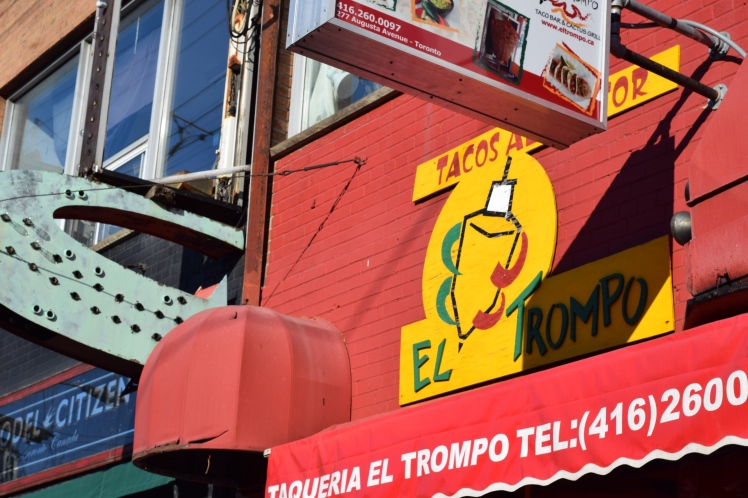
The Yelp reviews for El Trompo mirror the enthusiasm I experienced, but also demonstrated a lot of criticism. Among the reviewers, there is a consensus about the livelihood of the staff and the ambience of the restaurant. The reviewers are of varying races, unlike those who have visited the juice bar. There is a major focus on the authenticity of the tacos, in combination with their cheap pricing. “Authentic,” “Delicious,” “Reasonably Priced” are common phrases used to describe the food, as well as “Generous Portions.” One reviewer that stood out among the others commented on how they preferred a restaurant that was more of an “American-Mexican fusion” over El Trompo’s exclusively Mexican cuisine. Another reviewer (the lowest review I could find, a two out of five stars) described the tacos as “disappointing,” but does not offer much of an explanation otherwise.
The Organic Press, a new cold juice shop that serves organic juices, while only a few stores away felt like it existed on another planet. It was a foggy Friday afternoon when I stepped foot into the juice bar. Varying succulents and cacti decorated the shack-like shop. There were a few benches that were covered in colourful knit tarps, but at the moment, I was the only one there. It took a few minutes for the cashier to realize I was there, but they were more than happy to answer any questions I had, and to offer recommendations. For the price of a taco at El Trompo, I was able to afford a small glass of their grapefruit juice. Out of personal curiosity, I also purchased a “Turmeric Lemonade.” The grapefruit was tart, and bitter as a raw grapefruit should be, and I enjoyed it- the cashier mentioned it was an acquired taste. The turmeric lemonade, however, perhaps due to the combination of turmeric and ginger, had a pungent, vinegar-like taste. While this should have been anticipated, since the ingredients were clearly labelled, I somehow convinced myself the fruits would complement one another. The experience overall was rather cold, and the shop belongs to a culture that I don’t feel entirely welcomed in. As a student working barely above minimum wage, I could not justify the prices, but I understand how the business appeals to a certain niche of upper-class health conscious folk.

Since The Organic Press is a fairly new shop, there are few Yelp reviews, but I have used a few review-sites in order to accumulate a better understanding of the clientele. These reviews reflected my observation of the juice bar catering to a seemingly upper-class health conscious niche. All of the reviews are written by seemingly white people who are in their late twenties to mid thirties. “Nutritious,” “Healthy,” and “Tasty” are common phrases used to describe the products, and not surprisingly, the commenters deem the prices “fair” in comparison to other juice bars. A few mention the friendliness of the staff, and how they have cultivated an environment that discusses dieting and “green” foods. One comment that stood out, however, was written by a mother who was offended when an employee told her not to open a cream that was not labelled as a “tester.” Upon further investigation, I see that this “Mrs. W” consistently writes reviews to places she visits, and these places are typically labelled “vegan” or “gluten-free.” Other customers who are interested in foods that are gluten-free or vegan have also written reviews for The Organic Press.
Overall, El Trompo and The Organic Press are vastly different, and they cater to completely different demographics. The Organic Press is a little expensive, and according to the reviews on Yelp and Zomato, the clients are predominately white. Since The Organic Press is fairly new and there are few reviews to observe, this does not necessarily give a complete representation of their consumers. El Trompo, however, is considerably cheaper, noticeably busier, and open to a broader range of customers. However, the very nature of The Organic Press caters specifically to a limited audience. While they are open to customers of all backgrounds, the high prices likely select out those earning low wages. El Trompo mirrors the lively, lower socioeconomic status, multicultural presence that Kensington is known for, which is a contributing factor to its visible success. Though the juice bar does cater to the younger, health-conscious population of Kensington Market, these people are only a small fragment of the overall demography of those who frequently visit the area. Kensington Market is an area that is known for its grunge, and its cultural history, and among all of the multicultural shops and customers, a restaurant like El Trompo is more suited for the area.
Besides The Organic Press, the only other sign of gentrification is what appears to be a small housing unit- with sleek windows and crisp architecture- that is a stark contrast against its eclectically coloured and damaged neighbours. There is a blue neon sign outside the new apartment building that says “Kensington Market” and while this is what it reads, this is certainly not what it stands for. The Kensington Market that is recognized by its citizens and regular patrons is not a place for pretentious housing and overpriced juice. I recognize that the Organic Press is a part of alternative culture (environmental consciousness, green eating), and since Kensington embodies a more conscious lifestyle, the market place will probably house the Organic Press for some time. But I do believe that its citizens will not allow more drastic changes, and that they will do what they must to preserve the culture of Kensington Market. I genuinely do not believe I am alone when I say that gentrification has no place in Kensington, and that there are others who support this sentiment.
Loki is in her fourth year, studying Criminology, Sociology, and Women and Gender Studies at UTM. She has a penchant for social justice, and art (all platforms). When she’s not at school, she’s at work, or she’s volunteering for the school’s Sexual Education Centre. In the very little time that she has for herself, she enjoys seeing her friends over coffee, and finding new places to discover in Toronto.
Please check out this photo essay on Kensington Market by U of T’s own Prof Z.
To learn more about Kensington Market as a historic site, as well as other information about events intended to preserve this space, please check out Friends of Kensington Market.
For discussion about consumer-led gentrification in New York, see
